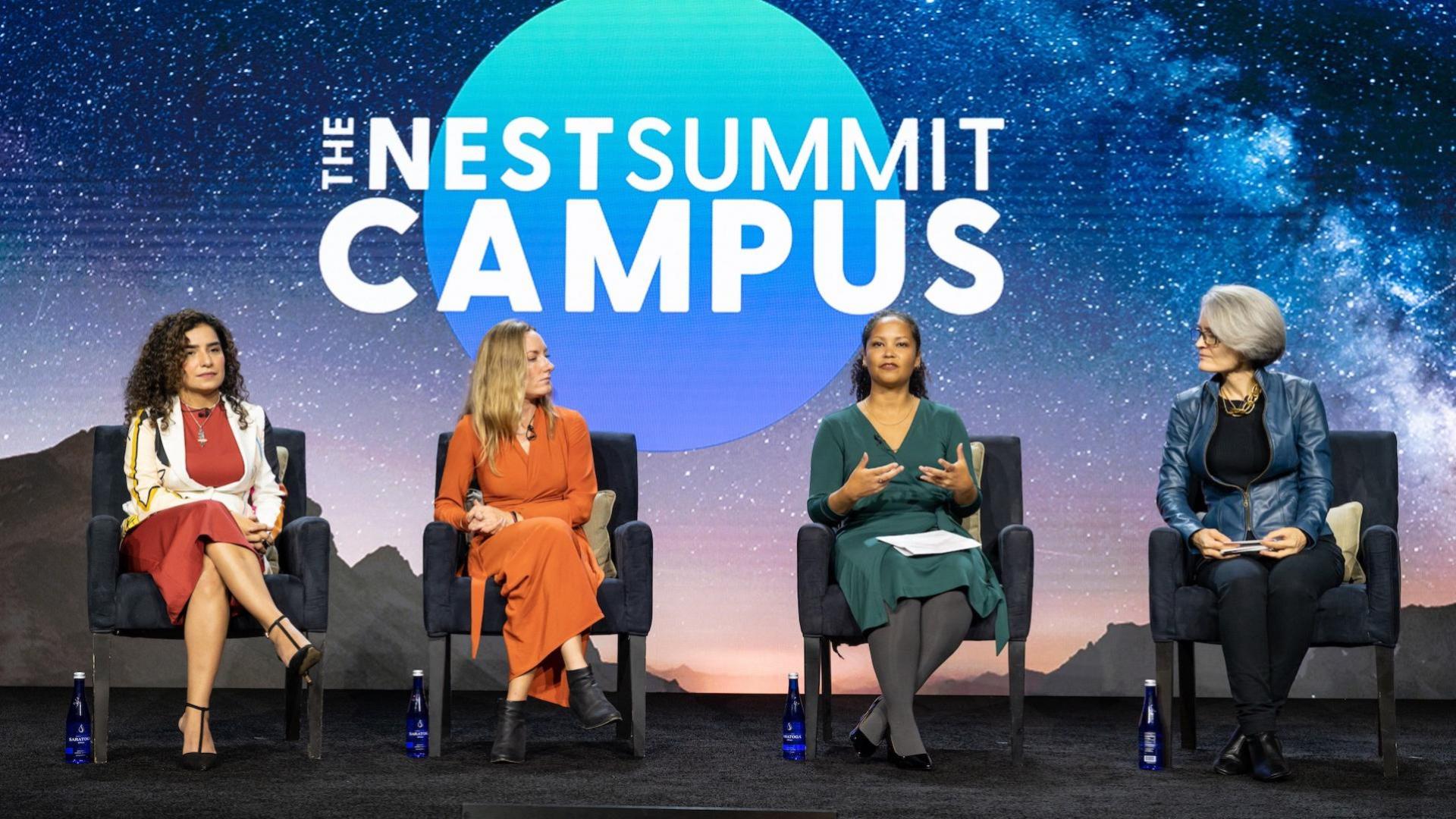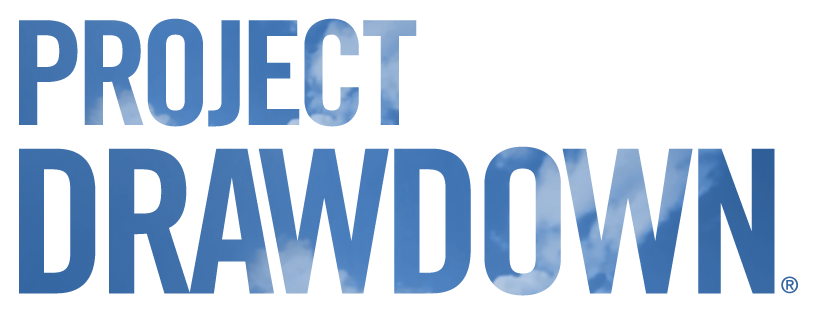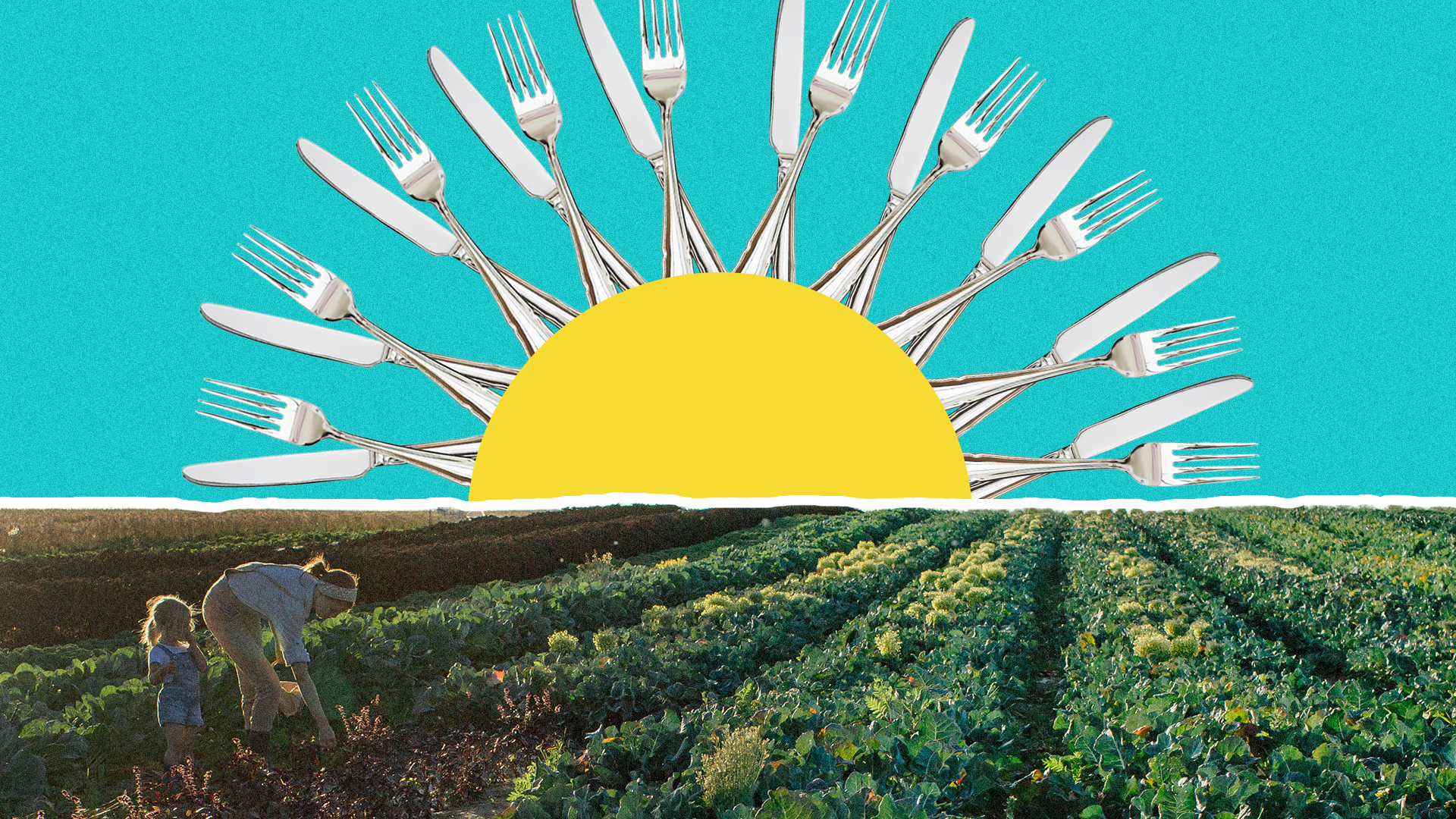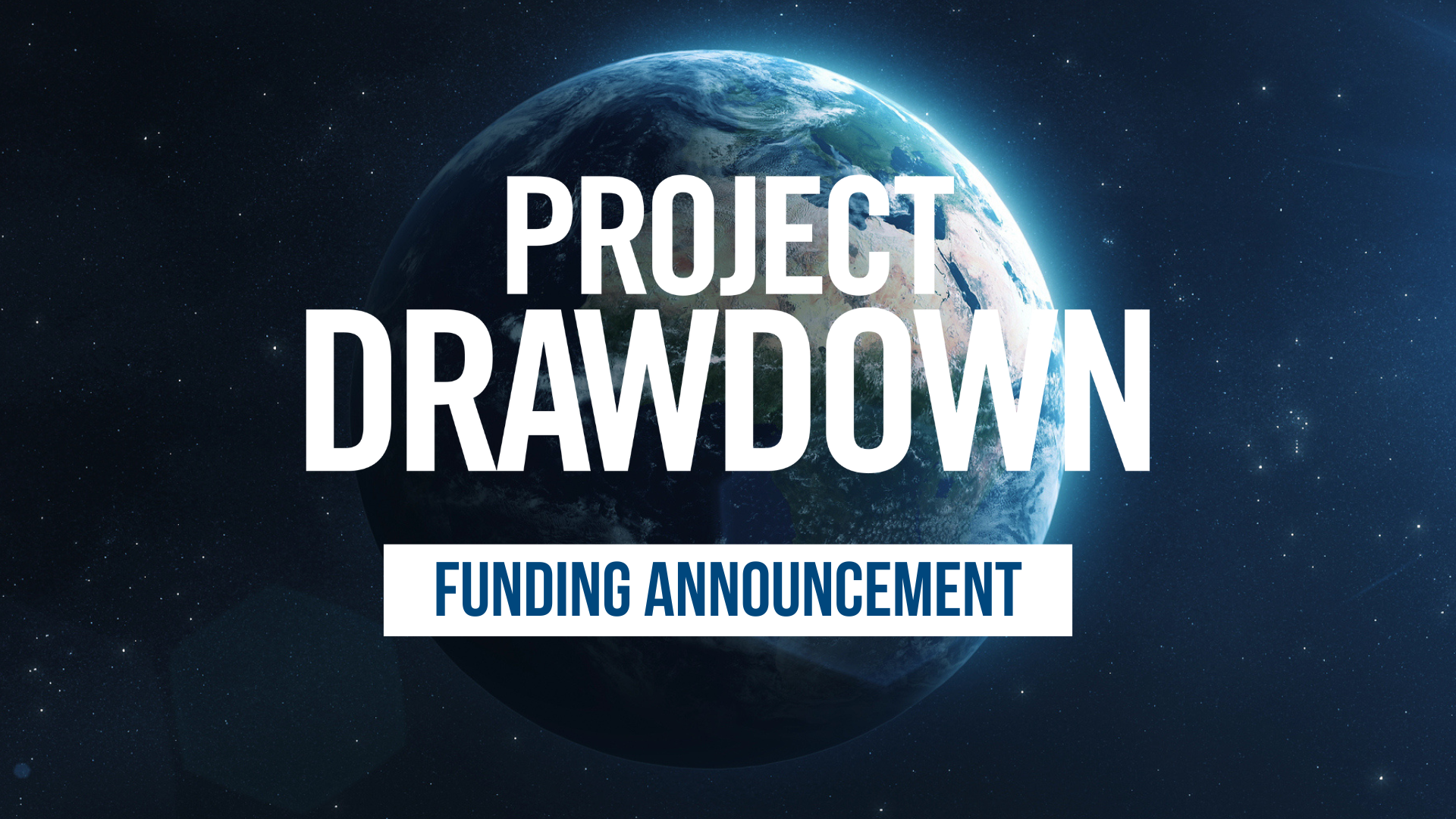Climate Week: Now what?

Between keynote talks, sold-out panel discussions and early looks at some new content, Project Drawdown was proud to bring climate solutions to the main stage at Climate Week NYC last month. But now that the festivities are over … what’s next?
One of the obvious criticisms of Climate Week and other climate conferences is that they encourage thousands of people—ourselves included—to descend upon remote destinations, with all the planet-warming greenhouse gas emissions that go along with it. Look, nothing compares to experiencing the palpable energy in a room during a vibrant discussion, or the deep trust and alliances that can be built between people and movements when they happen across a table instead of behind a screen. But we need to make sure that all those big climate announcements and pats on the back lead to tangible climate action, or we’re exacerbating the problem we’re working to solve.
At Drawdown Labs, we advocate for stronger accountability from our private sector partners, urging the businesses we work with to set measurable targets and be transparent about how they’re measuring up against their climate promises. So in that spirit, we’re sharing some of what we launched during Climate Week—and some ways you can hold us accountable to them.
- Align climate funding with a Drawdown Roadmap: At the Nest Summit, Project Drawdown executive director Jonathan Foley presented new, cutting-edge work to align funding decisions made by philanthropists and investors with Earth’s “carbon portfolio.” By leveraging the best science, we can better identify when, how, and where to direct capital to fund strategic climate solutions.
Hold us accountable: In the coming months, look for the launch of our new network of philanthropists and investors who will work with us to better align catalytic capital with strategic climate solutions—making funding decisions that are guided by science and rooted in our planetary carbon portfolio.
- Normalize drawdown-aligned business climate leadership. In a lively panel discussion, six climate advocates came together to illustrate how businesses can go beyond “net zero” to helping the world achieve drawdown quickly and safely, and with equity and justice at the heart of the transition.
Hold us accountable: By early 2023, we will make specific metrics for each aspect of the Drawdown Aligned Business Framework publicly available. By the end of 2023, we aim to align each of our formal Drawdown Labs business partners with this framework.
- Equip employees to take tangible climate action at work. At the Marketplace of the Future, we soft-launched our Job Function Action Guides, equipping employees in seven common corporate job functions to accelerate and expand their company’s climate action far beyond the sustainability team.
Hold us accountable: By the end of 2022, we aim to get our climate action checklists into the hands of at least 1,000 corporate employees and begin tracking their impacts. In early 2023, we’ll release action guides for at least three new job functions.
- Galvanize new forms of climate leadership in new sectors. Project Drawdown hosted a panel discussion with the lead vocalist of the Lumineers, a retired NHL hockey player, and others in the live events space to explore how cultural icons and institutions can move climate leadership faster and reach new audiences.
Hold us accountable: By the middle of next year, Project Drawdown and our partners will publish a crosswalk of the Drawdown Aligned Business framework and the live events space, identifying key leverage points in live events that can help the world achieve drawdown.
Did your company or institution make a climate pledge/promise/commitment during Climate Week? If so, make it count. And think about how your role might contribute to helping them get there and helping the broader world achieve drawdown, quickly, safely, and equitably.




